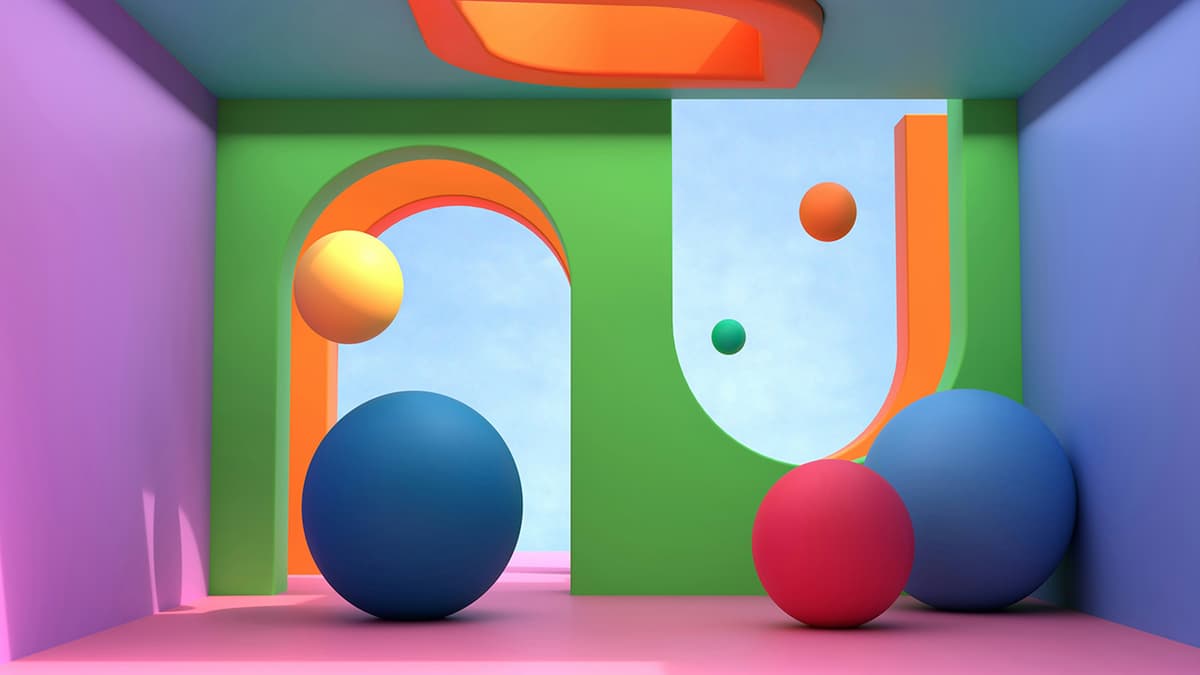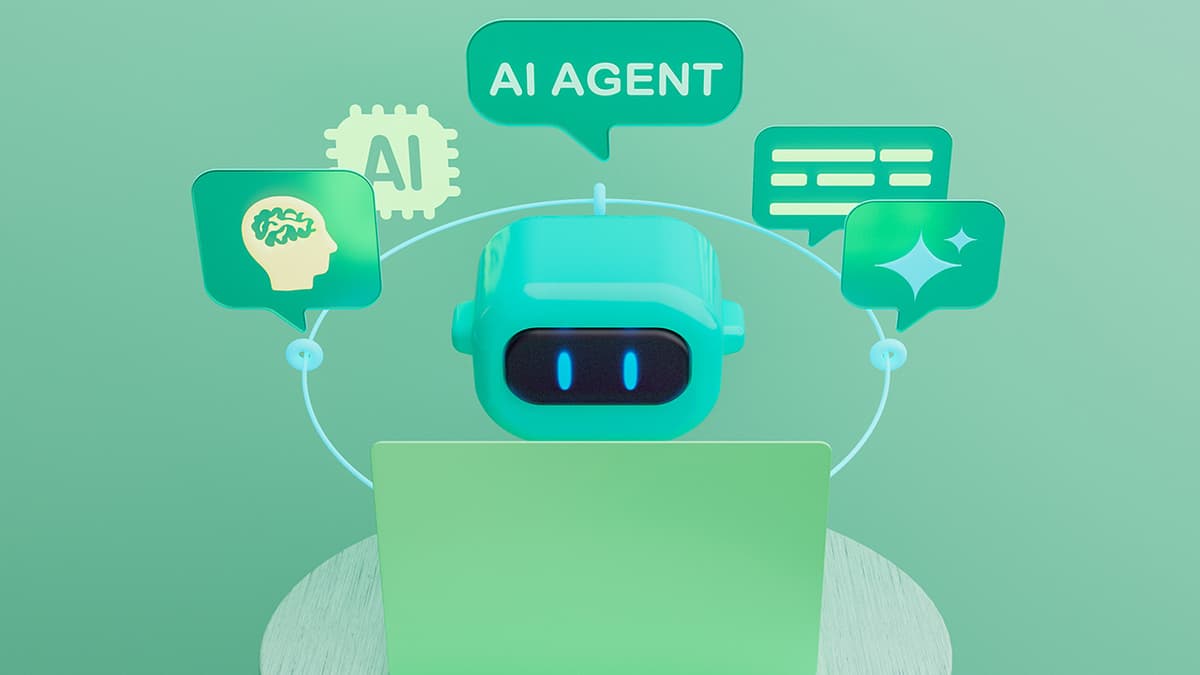The Beauty of Clean Architecture
Clean Architecture is not just a buzzword in the software development world. It represents a set of principles and practices that can truly enhance the quality and sustainability of applications. From well-structured code to robust design patterns, Clean Architecture lays the foundation for building scalable and maintainable software systems. Let's dive into the essence of Clean Architecture and its significance in modern software development.
Understanding Clean Architecture
At its core, Clean Architecture emphasizes the separation of concerns, which enables developers to build software with clear boundaries between different layers. These layers, including the presentation layer, domain layer, and data layer, ensure that each component of the system has a specific responsibility and is isolated from external dependencies.
When implementing Clean Architecture, developers adhere to key principles such as the Dependency Rule, which states that dependencies should flow inwards, from high-level modules to low-level modules. This principle helps in reducing coupling between components and enhances the testability and maintainability of the codebase.
Benefits of Clean Architecture
One of the significant advantages of Clean Architecture is its ability to adapt to changing requirements with minimal effort. By decoupling components and adhering to SOLID principles, developers can easily modify or extend functionality without causing ripple effects throughout the system.
Moreover, Clean Architecture promotes code reusability and flexibility, allowing developers to leverage existing modules in new projects or features. This not only saves time but also improves the overall consistency and quality of the codebase.
In addition, Clean Architecture enables developers to write unit tests effectively. With clear boundaries between modules and well-defined interfaces, writing test cases becomes more straightforward, leading to better code coverage and improved reliability of the software.
Implementing Clean Architecture
To implement Clean Architecture in a software project, developers can follow a structured approach that involves defining the architecture layers, establishing clear boundaries between components, and applying design patterns that promote separation of concerns.
For instance, in a web application built with clean architecture, the presentation layer would contain user interface components such as views and controllers. The domain layer, on the other hand, would encapsulate business logic and domain entities, independent of any external frameworks or libraries. The data layer would handle data access and persistence, interacting with databases or external services.
Java
In the above Java code snippet, the UserController class represents a component of the presentation layer that interacts with the UserRepository from the data layer. The dependency is injected into the controller, following the principles of Clean Architecture.
Best Practices for Clean Architecture
While implementing Clean Architecture, developers should strive to keep the codebase clean and readable. Naming conventions, consistent coding styles, and meaningful comments play a crucial role in ensuring that the architecture remains maintainable and understandable by team members.
Furthermore, developers should focus on designing clear interfaces between layers, avoiding direct dependencies and favoring abstractions where possible. By defining contracts and protocols for communication between components, developers can achieve a high degree of modularity and flexibility in their applications.
Another best practice for Clean Architecture is to prioritize domain-driven design, where the core business logic of the application drives the architecture decisions. By modeling the domain entities and behaviors effectively, developers can create a robust and cohesive system that aligns with the business requirements.
Tools and Libraries for Clean Architecture
Several tools and libraries can assist developers in implementing Clean Architecture effectively. For instance, frameworks like Spring Boot and Laravel provide features that support clean separation of concerns and dependency injection. These frameworks enable developers to structure their applications according to Clean Architecture principles without reinventing the wheel.
Moreover, testing frameworks such as JUnit and PHPUnit facilitate writing unit tests for components in each layer of the architecture. By adopting test-driven development practices, developers can ensure that their code adheres to the desired architecture and functions correctly under different scenarios.
Additionally, IDEs like Visual Studio Code and IntelliJ IDEA offer plugins and extensions that can help developers enforce coding standards and analyze code quality based on Clean Architecture guidelines. These tools provide valuable insights into code complexity, coupling, and cohesion, allowing developers to refactor their code for better maintainability.
Clean Architecture is more than just a trend; it is a mindset that promotes good software design practices and fosters collaboration among team members. By following the principles of Clean Architecture and leveraging best practices, developers can create robust, scalable, and maintainable software systems that stand the test of time.
To learn more about Clean Architecture, check out the resources below:
Let's embrace the beauty of Clean Architecture and build software that is elegant, reliable, and timeless. Happy coding!












